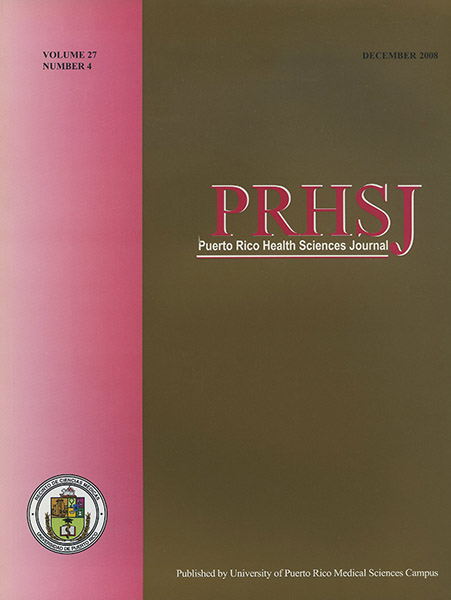Abstract
The Syrian cardiomyopathic hamster (SCH) is an established animal model for genetic cardiomyopathy. The disease in the hamster develops through similar stages to those observed in humans with this condition. The pathophysiological basis for this condition in the hamster resides in an inherited mutation in the gene encoding for δ-sarcoglycan, a component of the dystrophin complex. Two basic mechanisms contribute to cardiomyopathy in this model: ischemic heart disease by vasospasms of the coronary circulation and cardiomyocyte loss due to intrinsic cell defects. This review focuses on the etiology of vascular dysfunction and its role in the development of heart failure (HF) in this animal model. The data presented suggest that the vascular renin-angiotensin-system (RAS) plays a critical role in the generation of increased coronary reactivity and resistance in young SCH that have not yet developed the clinical manifestations of HF. The increased reactivity of the coronary vasculature results from endothelial dysfunction secondary to Ang II-dependent, oxidative stress. These alterations favor the development of ischemic heart disease and cardiomyopathy in adult animals. Indeed, RAS blockade during early stages of the disease significantly improves the clinical signs of dilated cardiomyopathy in this experimental model. These findings have significant implications for the prevention and treatment of cardiomyopathy in patients with ischemic heart disease, in particular, to those with familial sarcoglycanopathies.
Authors who publish with this journal agree to the following terms:
a. Authors retain copyright and grant the journal right of first publication with the work simultaneously licensed under a Creative Commons Attribution License that allows others to share the work with an acknowledgement of the work's authorship and initial publication in this journal.
b. Authors are able to enter into separate, additional contractual arrangements for the non-exclusive distribution of the journal's published version of the work (e.g., post it to an institutional repository or publish it in a book), with an acknowledgement of its initial publication in this journal.
c. Authors are permitted and encouraged to post their work online (e.g., in institutional repositories or on their website) prior to and during the submission process, as it can lead to productive exchanges, as well as earlier and greater citation of published work (See The Effect of Open Access).
